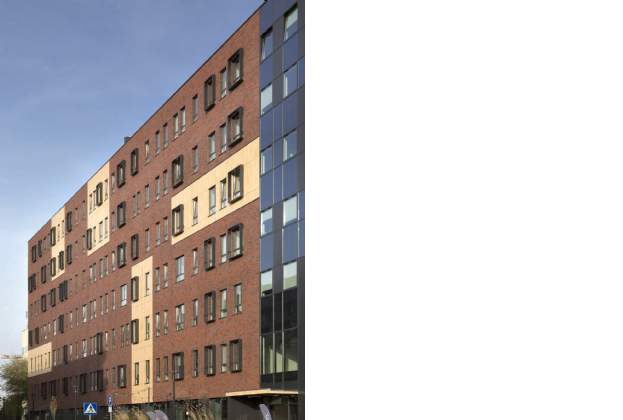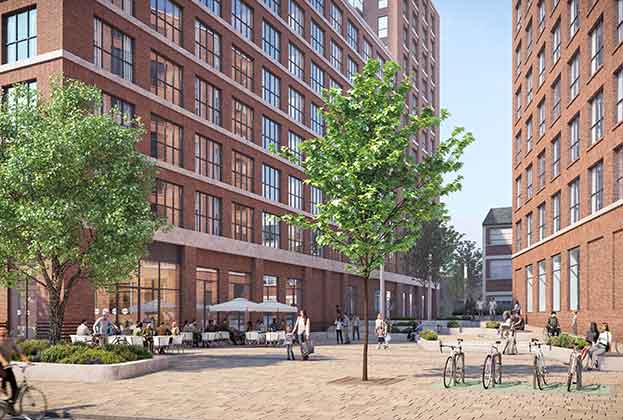Student housing, or the lack of, hits the headlines every September. Universities fitting out common rooms with bunk beds to provide emergency housing or students camping out overnight to secure a bed has become a frequent Freshers Week story in university towns and cities across the country.
We have analysed the purpose-built student accommodation (PBSA) market in 20 of the largest student cities to understand current supply and demand dynamics. These cities contain over 1.3 million full-time students and half a million operational beds.
Many cities have high student to bed ratios
The balance between supply and demand in student markets is measured by the student to bed ratio – that is the number of students competing for each available bed offered by universities or private providers.
A high student to bed ratio generally indicates a lack of supply. Using the latest student data from HESA, the ratio of full-time students to beds is 2.7 across these 20 markets. Five cities have a ratio of over 3.0. The highest student to bed ratio is in Glasgow at 3.8 with London and Bristol closely following at 3.6 and 3.5, respectively. By comparison, only three cities have student to bed ratios under 2.0: Liverpool (1.8), Sheffield (1.7) and Oxford (1.5).
Rising supply in the short-term
To lower the student to bed ratio, further delivery of PBSA is needed. Many cities have increased their short-term supply pipeline – that is sites under construction or with planning consent (as of February 2024).
Looking at the short-term pipeline, Bristol leads by some way with delivery set to increase PBSA in the city by 45% of existing operational supply. This will see the student to bed ratio reduce from 3.5 to 2.4.
The London pipeline also makes a sizeable downwards jump from 3.6 to 2.9 with PBSA numbers due to increase by 24%. By comparison, Glasgow has the equivalent of just 11% of its operational stock in the pipeline, so the impact on student to bed ratios is limited. This would fall by only 0.4 to 3.4, maintaining the largest imbalance between supply and demand amongst other UK cities.
Supply challenge to reduce STB ratios
What is the right student to bed ratio? A market norm we hear often is 1.5. At this level, students will have more available supply whilst not oversaturating the PBSA market; there will always be students who prefer HMOs or living at home with family.
In total, across the 20 key student markets, an extra 234,000 PBSA beds are needed to bring the ratio down to 1.5. Unsurprisingly, London has the largest requirement with a need for almost 100,000 beds. Both Glasgow and Edinburgh also stand out, with a need for 22,000 and 17,000 additional beds, respectively.


.jpg)

.jpg)
.jpg)

.jpg)


